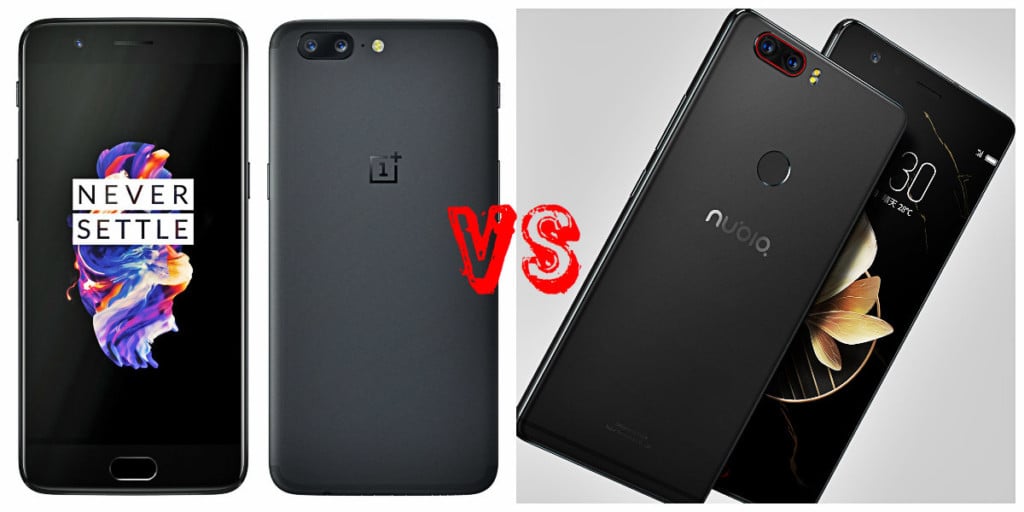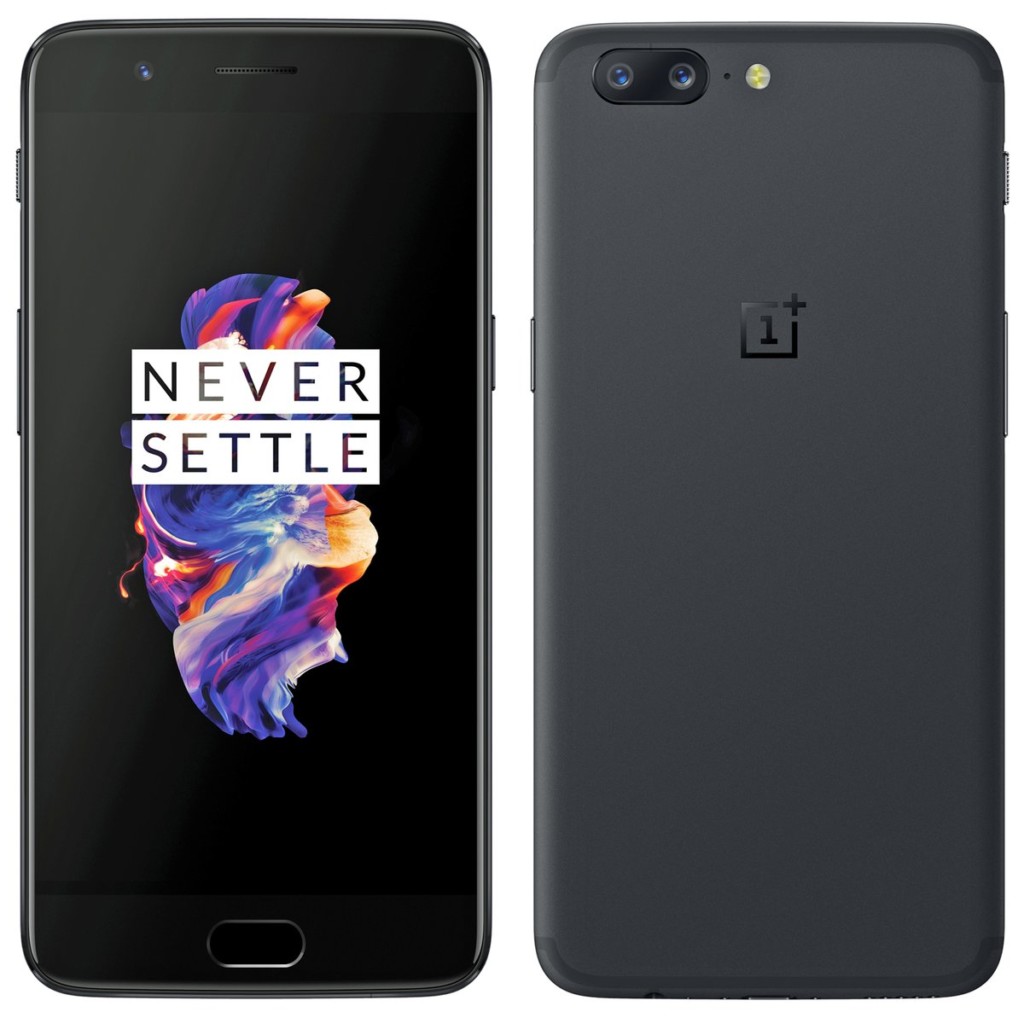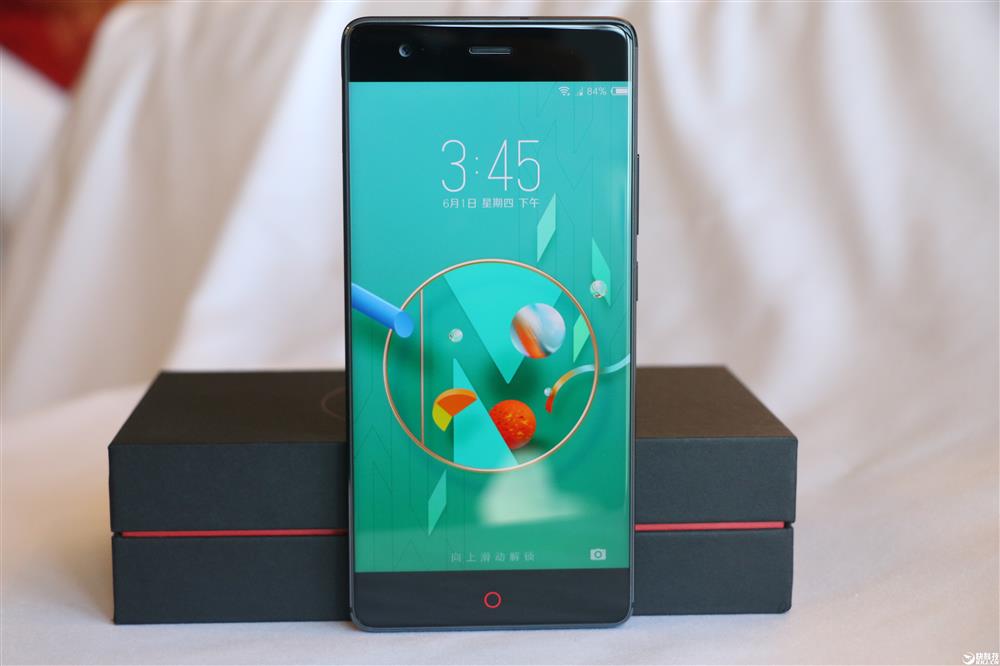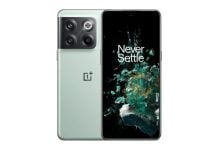The ZTE Nubia Z17 is the first Chinese flagship smartphone to come with Snapdragon 835 chipset and 8 GB of RAM. The highly popular Xiaomi Mi 6 which is also a very impressive flagship features the same Snapdragon 835 SoC but with 6 GB of RAM. Now, after months of leaks, the OnePlus 5 has been finally announced. Since it also features SD 835, 8 GB RAM and dual camera modules like the Nubia Z17, it would be interesting to see how both the smartphones stack up against each other.
OnePlus 5 vs. ZTE Nubia Z17: Display & Design
Display
OnePlus 5 continues to sport a 5.5-inch Optic AMOLED screen like the predecessor, OnePlus 3T. It supports a full HD resolution of 1,920 x 1,080 pixels. It supports a wider DCI-P3 color space and users are provided with display-centric features like Night mode and Reading mode. It offers a screen-to-body ratio of 73 percent and supports a pixel density of 403 ppi. The screen is shielded with Gorilla Glass 5.
The ZTE Nubia Z17, on the other hand, is fitted with a 5.5-inch IPS LCD panel that offers an FHD resolution of 1,920 x 1,080 pixels. It is a true bezel-less display that is equipped with Refractive Conduction Technology that makes the screen pop-out. Also, the Fringe Interactive Technology enables the Nubia Z17 to support edge gestures. It delivers a higher screen-to-body ratio of 74.7 percent. The version of the Gorilla Glass placed on the display of Nubia Z17 is not known yet.
Design
OnePlus 5 is the slimmest OnePlus phone so far as it measures 7.3 mm in thickness. It measures 154.2 x 74.1 mm and its weight is 153 grams. Its 64 GB model will come in Slate Gray color whereas the 128 GB variant will be available in Midnight Black color. OnePlus retains the same metal unibody design like its predecessor but lacks IP certification. It continues to sport a 3.5mm audio jack. Its fingerprint scanner is embedded under the Home button.
On the other side, the ZTE Nubia Z17 measures 152.6 x 72.4 x 7.6 mm and it weighs 173 grams. It comes in vibrant color choices such as Aurora Blue, Black Gold, Obsidian Black, Solar Gold and Flame Red. It also features a full metallic chassis and IP68 rating which makes it resistant to dust and water. There is no 3.5mm headphone jack on the phone. It comes with a rear-mounted fingerprint scanner.
Our Pick: Nubia Z17
The OnePlus 5 has been criticized for its resemblance with iPhone 7 Plus. However, the bezel-less display of the Nubia Z17 along with IP68 certification and unique design makes it a winner in this segment.
OnePlus 5 vs. ZTE Nubia Z17: Hardware Specifications
Processor, RAM, and Storage
The OnePlus 5 and ZTE Nubia Z17 are both fueled by the Snapdragon 835 chipset. The 64 GB model of OnePlus 5 comes with 6 GB of RAM whereas its 128 GB variant has 8 GB of RAM. The Nubia Z17 comes in three variants such as 6 GB RAM + 64 GB storage, 6 GB RAM + 128 GB storage and 8 GB RAM + 128 GB storage. The OP5 and Z17 are enabled with LPDDRX RAM and UFS 2.1 storage. Both the smartphones lack microSD card storage.
Battery
OnePlus 5 comes with a 3,300mAh battery. The company claims that battery can charge from zero to 95 percent in one hour through its Dash Charge rapid charging feature. The ZTE Nubia Z17 is the first smartphone to feature Qualcomm’s Quick Charge 4+ that promises 50 percent battery power by charging it only for 25 minutes.
Our Pick: Tie
It’s a bit difficult to choose a winner by theoretically comparing the hardware specs of the two phones as both come with SD 835, 6 GB / 8 GB RAM options, 64 GB and 128 GB storage options and similarly sized batteries. However, a winner in this segment can be only decided with real-world usage and by performing benchmark tests.
OnePlus 5 vs. ZTE Nubia Z17: Cameras
Rear Camera
The OnePlus 5 and ZTE Nubia Z17 are both enabled with dual rear cameras. OnePlus 5’s dual camera system includes a 16-megapixel Sony IMX398 sensor with f/1.7 aperture wide-angle lens. It offers features like 1.12micron pixel size, PDAF, 2x optical zoom, EIS and dual-LED flash. it is coupled with a 20-megapixel Sony IMX350 telephone lens with f/2.6 aperture.
The ZTE Nubia Z17’s rear-facing dual camera setup includes a 23-megapixel f/2.0 aperture lens and a 12-megapixel f/1.8 aperture lens. It also comes with features such as 1.4micron pixel size, PDAF, Dual Autofocus, artificial intelligence, 2x optical zoom and dual-LED flash.
Front Camera
The OnePlus 5’s frontal shooter includes a 16-megapixel Sony IMX350 sensor with f/2.0 aperture. It is enabled with features like EIS and Auto HDR. The Nubia Z17 features a 16-megapixel that comprises of an 80-degree wide-angle lens and f/2.0 aperture for snapping selfies.
Our Pick: Undecided
Again, the two phones are very strong competitors in the camera department as both are capable of shooting amazing photos even in low-light conditions as well as images with bokeh effect. The true winner between the two can be found only after personally testing both the camera capabilities of the dual rear lenses. However, it seems that OP5 is a better phone for shooting selfies than Nubia Z17.
OnePlus 5 vs. ZTE Nubia Z17: Features & iOS
OnePlus 5 comes with features like dual-SIM support, Bluetooth 5.0 with aptX HD, 4G LTE, dual band Wi-Fi, NFC and USB Type-C. It is running on OxygenOS flavored Android 7.1.1 Nougat that comes with some new features like reading mode and off-screen gestures.
The Nubia Z17 is also a 4G dual-SIM phone and it comes with some other features such as Bluetooth v4.1, dual-band Wi-Fi, NFC, IR blaster, Dolby Atmos speakers, USB Type-C, and USB OTG. The Android 7.1.1 Nougat OS customized with Nubia 5.0 UI comes preinstalled on the device. The Nubia Z17 is the first smartphone from the company to come with NeoSmart intelligence engine.
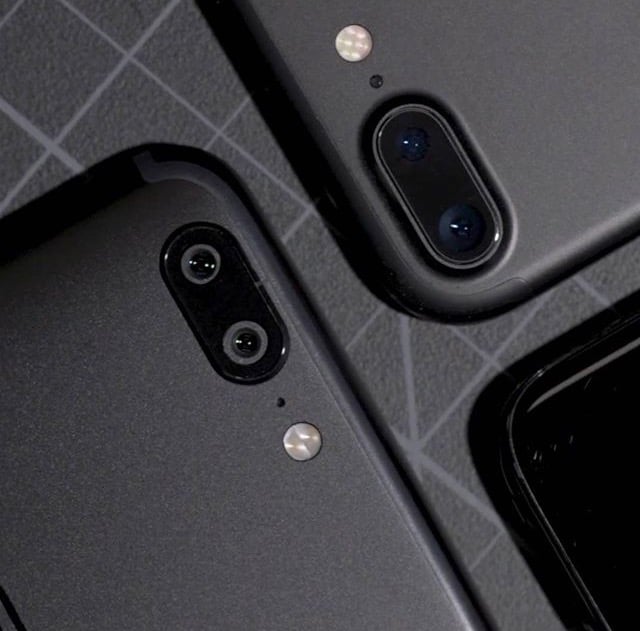
Our Pick: OnePlus 5
Both phones come with the latest Android Nougat version that are modified with their respective proprietary user interface. Compared to Nubia Z17, the OnePlus 5 tries to deliver stock Android experience and fluid performance.
Availability & Pricing
The OnePlus 5 is the first smartphone from the brand to break the $500 mark. Its 6 GB RAM + 64 GB storage model is priced at $479 whereas the 8 GB RAM + 128 GB variant costs $539. It would be arriving in the U.S., Europe, Canada on June 27. It will be available in India and China from June 22. In China, 64 GB and 128 GB OnePlus 5 will be priced at 3,228 Yuan and 3,665 Yuan. In India, 64 GB and 128 GB models of OnePlus 5 will be selling with a respective pricing of Rs. 32,999 and Rs. 37,999. The phone will be also launching in Hong Kong.
The Nubia Z17 is only a major threat in the domestic markets as it is currently not available for purchase outside of China. Its three variants such as 6 GB RAM + 64 GB, 6 GB RAM + 128 GB, and 8 GB RAM + 128 GB storage are respectively priced at 2,799 Yuan (~$410), 3,399 Yuan (~$497) and 3,999 Yuan (~$585).
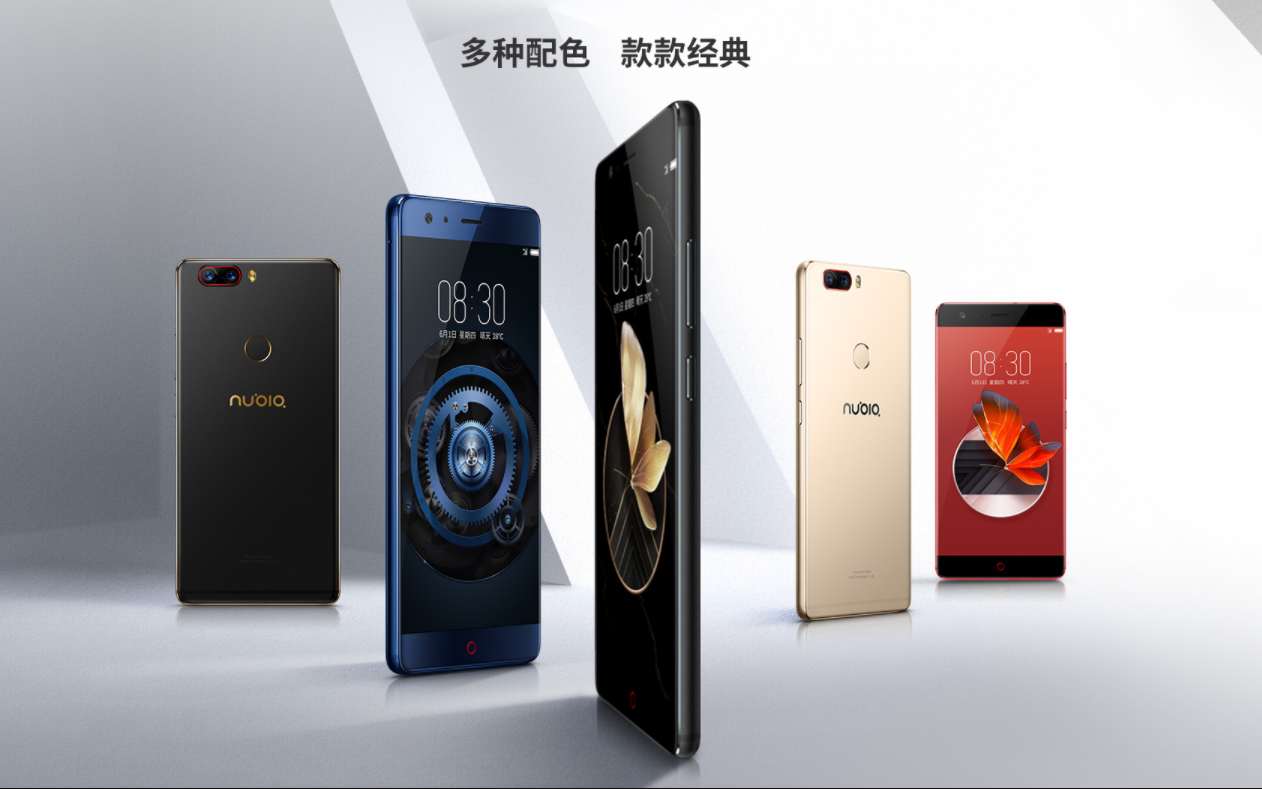
OnePlus 5 vs. ZTE Nubia Z17: Conclusion
The OnePlus 5 will be available in wider markets within few weeks. However, it does not seem that the Nubia Z17 will be arriving in all the markets where the OnePlus 5 will be available. Hence, the only market where the Nubia Z17 can give tough competition to OP5 at present is China.
In terms of design, the ZTE Nubia Z17 appears to have a better appeal with bezel-less design along with a water and dust-resistant chassis. Moreover, it comes in multiple color choices than OP5. For many users, a 3.5mm headphone jack is still an important feature which is unavailable on the Nubia Z17, but available on the OP5. Both the beasts appear to be on par with each other in terms of hardware performance thanks to their high-end specs. As far as camera prowess is concerned, the photos snapped using the Nubia Z17 show how impressive it is in this department.
We hope that the comparison between the OnePlus 5 and ZTE Nubia Z17 provides a comprehensive information on what to expect from these flagship smartphones.
Want to compare the specifications of both phones or would you like to compare other phones? Here is our specs comparison tool.

